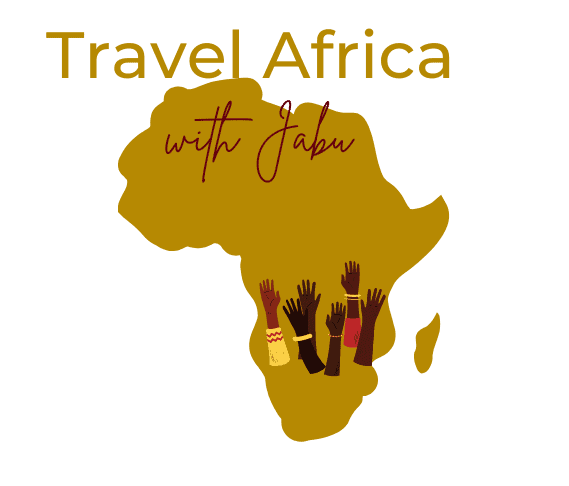Zimbabwe
Zimbabwe is a country with a rich history and culture and is also home to some of the best wildlife and natural scenery in Africa. The country was formerly known as Rhodesia and was renamed Zimbabwe in 1980 after its independence from Britain. The name is derived from the once-powerful and wealthy civilisation of Great Zimbabwe in the country’s southeast region.
The ruined now in ruins, a monument really, speaks to the powerful Munhumutape Empire. This dynasty shaped civilisation from the 11th century until the 1400s. That’s almost 900 years ago! At its peak, this 7.22 square-kilometre city, which housed 18 000 people is said to be the royal palace for an ancestral Shona monarch. The Hill Complex, the oldest structure, has magnificent views of the surrounding areas. The Great Enclosure, with walls over 11 metres extending over 250 metres is the largest ancient structure south of the Sahara Desert. The intrigue lies in the fact that these massive stone buildings were constructed symmetrically with no use of mortar. The most important artefacts collected from the ruins were the Zimbabwe birds whose image adorns the national flag today.
Soon after independence the country thrived and was often referred to as “Africa’s bread basket” due to its fertile soil and ability to produce large quantities of food.
It’s home to many different ethnic groups, including the Shona, Ndebele, Tonga, Venda, and Shangaan people. Tourism is a major industry in Zimbabwe, and the country is home to a number of world-famous tourist attractions such as Victoria Falls, the Great Zimbabwe Ruins, and Hwange National Park.
